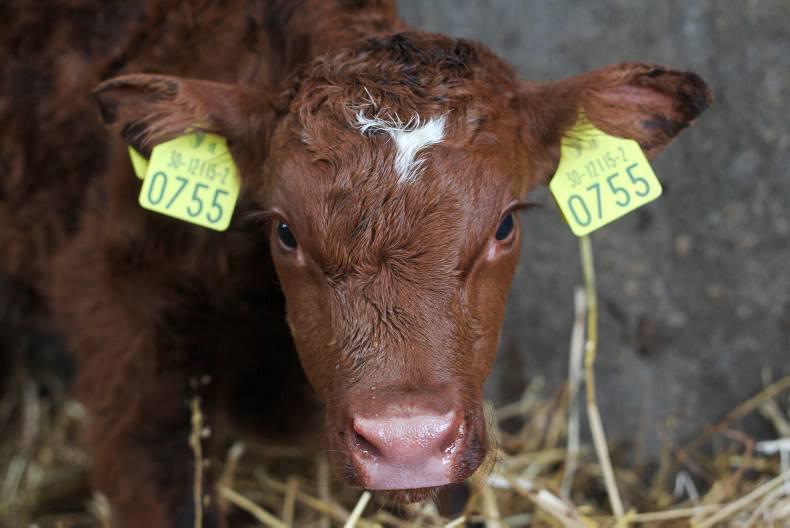As shown in AHI’s programme results in the table below, the percentage of positive samples based on an initial tag test has fallen for the first 28 weeks of the year from 6,334 (0.34% of samples) to 3,246 (0.17% of samples).
The number of persistently infected (PI) animals recorded with an initial positive or inconclusive test without a negative retest stands at 2,818, or just 0.15% of the 1,902,922 samples analysed to date in 2016. This represents further significant improvements on the same period in 2015, when 5,830 or 0.31% PI animals were identified.
The number of farmers disposing of PI animals identified in 2016 has also improved greatly, with 216 herds retaining one or more PI calves alive for more than seven weeks after the date of the first test. This compares with 710 herds in 2015. The rate of progress is continuous but many industry personnel still feel that more stringent regulations for those retaining PI animals or compulsory eradication of PI animals is required to achieve the the scheme's national target of eradicating the disease. The Department of Agriculture previously announced plans to inform farmers' neighbouring herds retaining a PI animal, similar to the process that is in place for TB, but rollout has been delayed on a number of occasions.
Click here if the table does not display on your device
Read more
An Post raising BVD postal costs to €1.30 from 21 July
As shown in AHI’s programme results in the table below, the percentage of positive samples based on an initial tag test has fallen for the first 28 weeks of the year from 6,334 (0.34% of samples) to 3,246 (0.17% of samples).
The number of persistently infected (PI) animals recorded with an initial positive or inconclusive test without a negative retest stands at 2,818, or just 0.15% of the 1,902,922 samples analysed to date in 2016. This represents further significant improvements on the same period in 2015, when 5,830 or 0.31% PI animals were identified.
The number of farmers disposing of PI animals identified in 2016 has also improved greatly, with 216 herds retaining one or more PI calves alive for more than seven weeks after the date of the first test. This compares with 710 herds in 2015. The rate of progress is continuous but many industry personnel still feel that more stringent regulations for those retaining PI animals or compulsory eradication of PI animals is required to achieve the the scheme's national target of eradicating the disease. The Department of Agriculture previously announced plans to inform farmers' neighbouring herds retaining a PI animal, similar to the process that is in place for TB, but rollout has been delayed on a number of occasions.
Click here if the table does not display on your device
Read more
An Post raising BVD postal costs to €1.30 from 21 July






 This is a subscriber-only article
This is a subscriber-only article










SHARING OPTIONS: